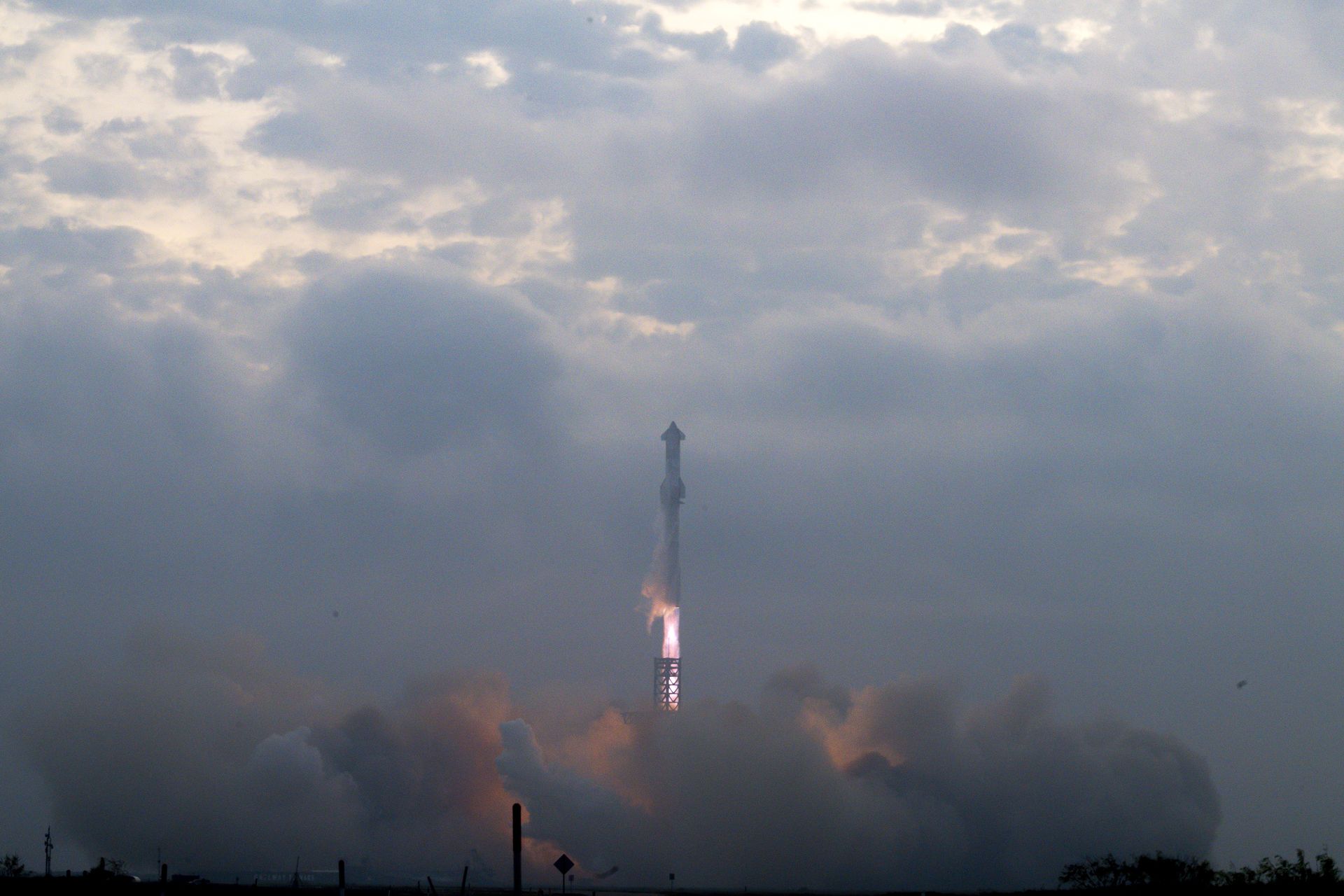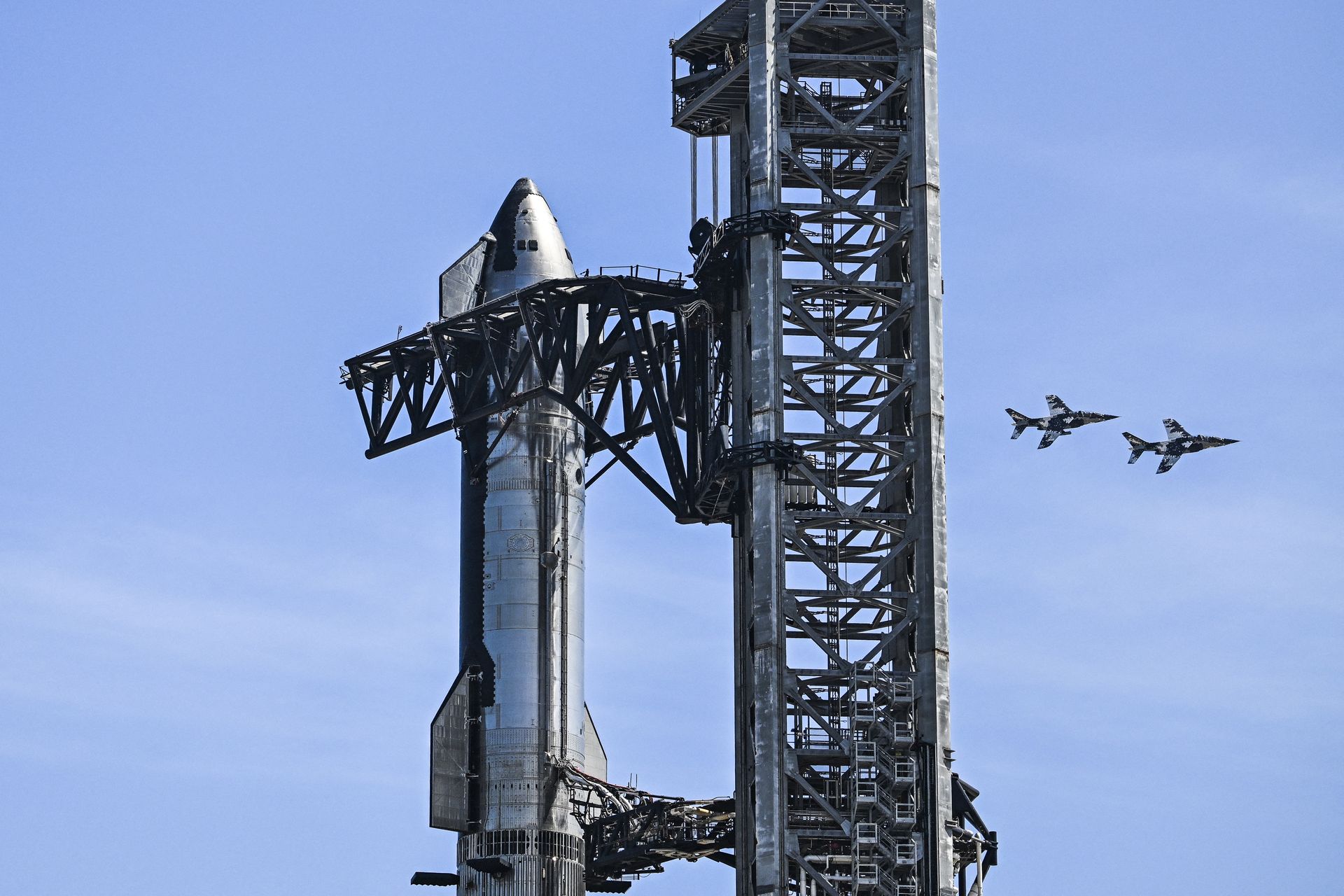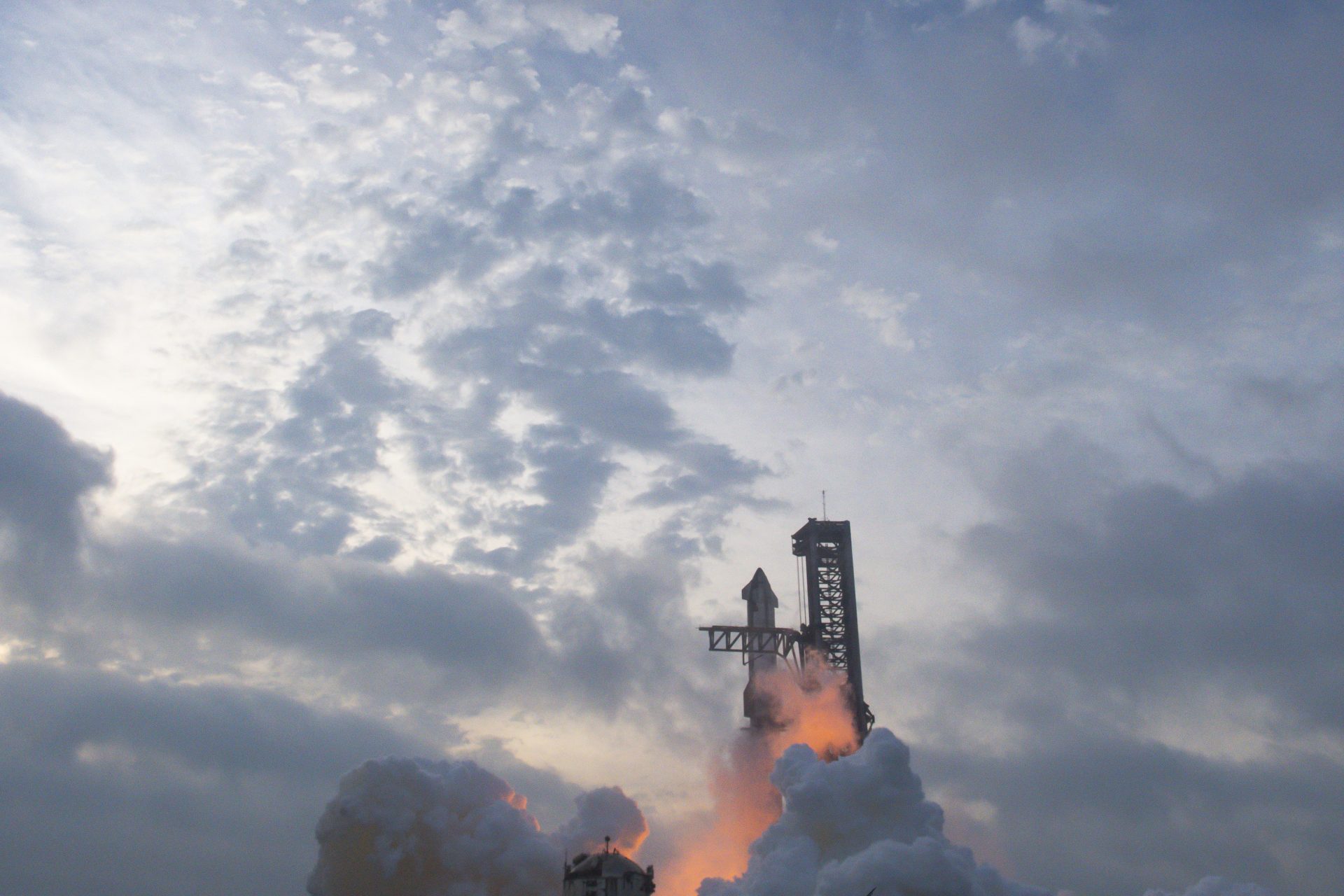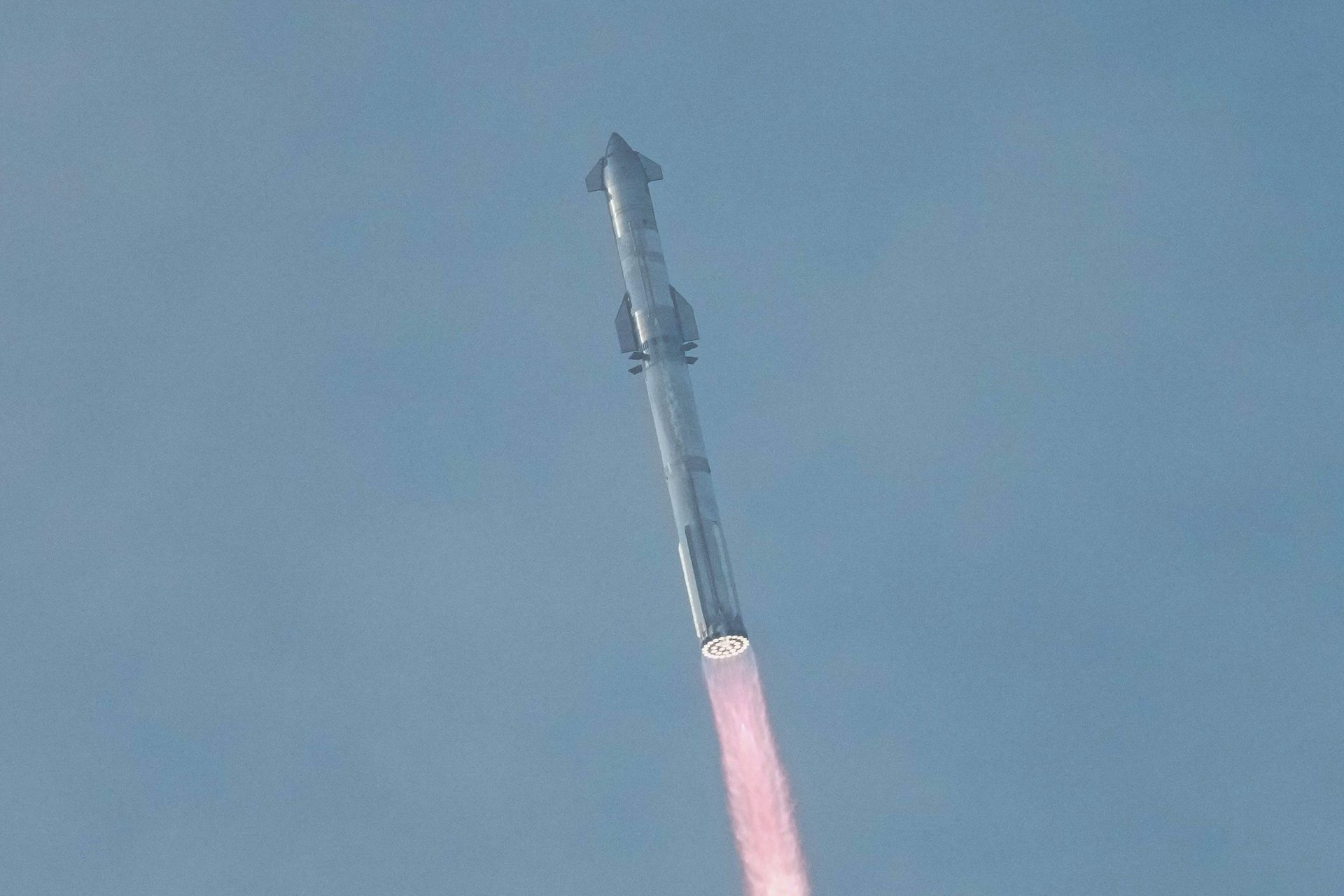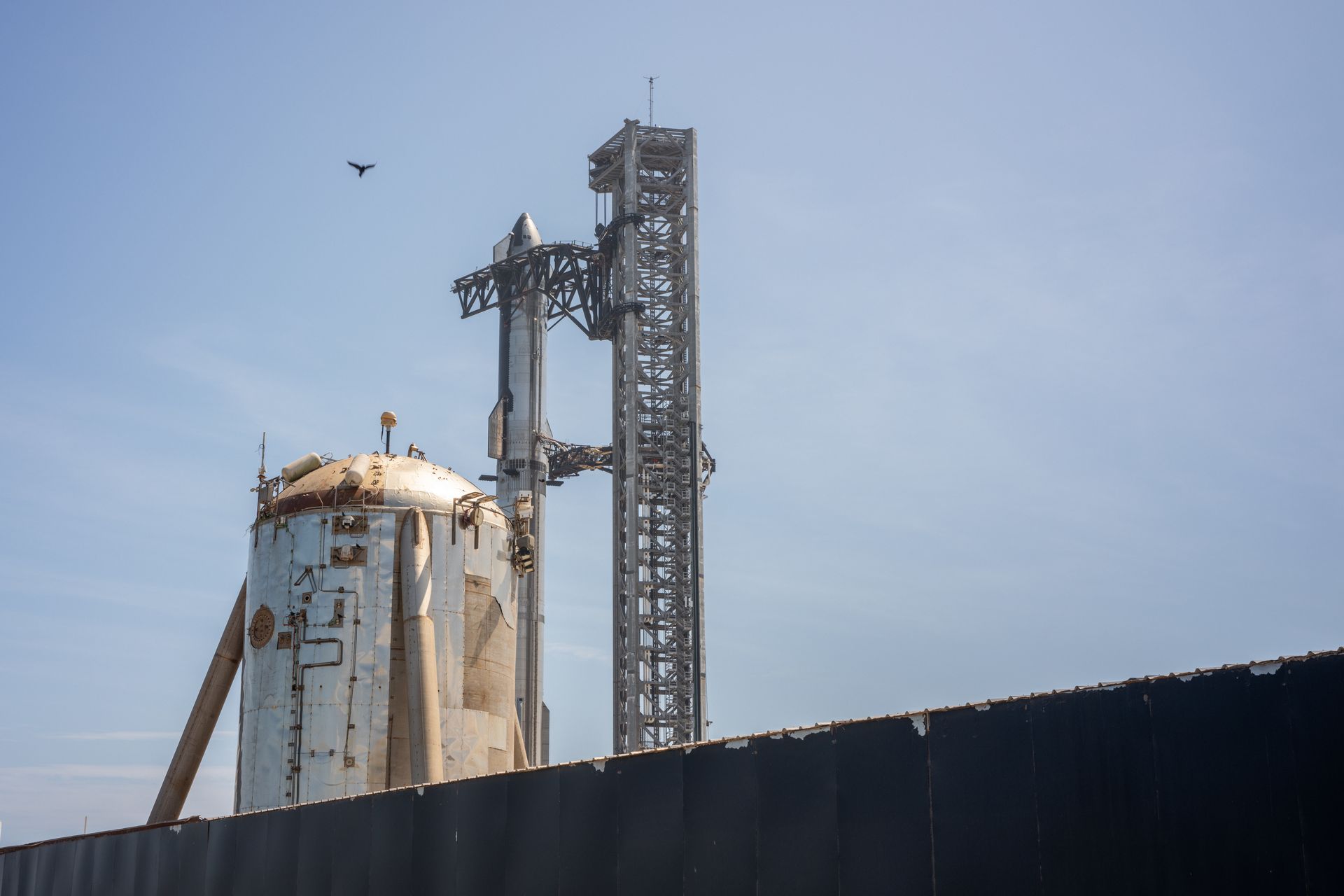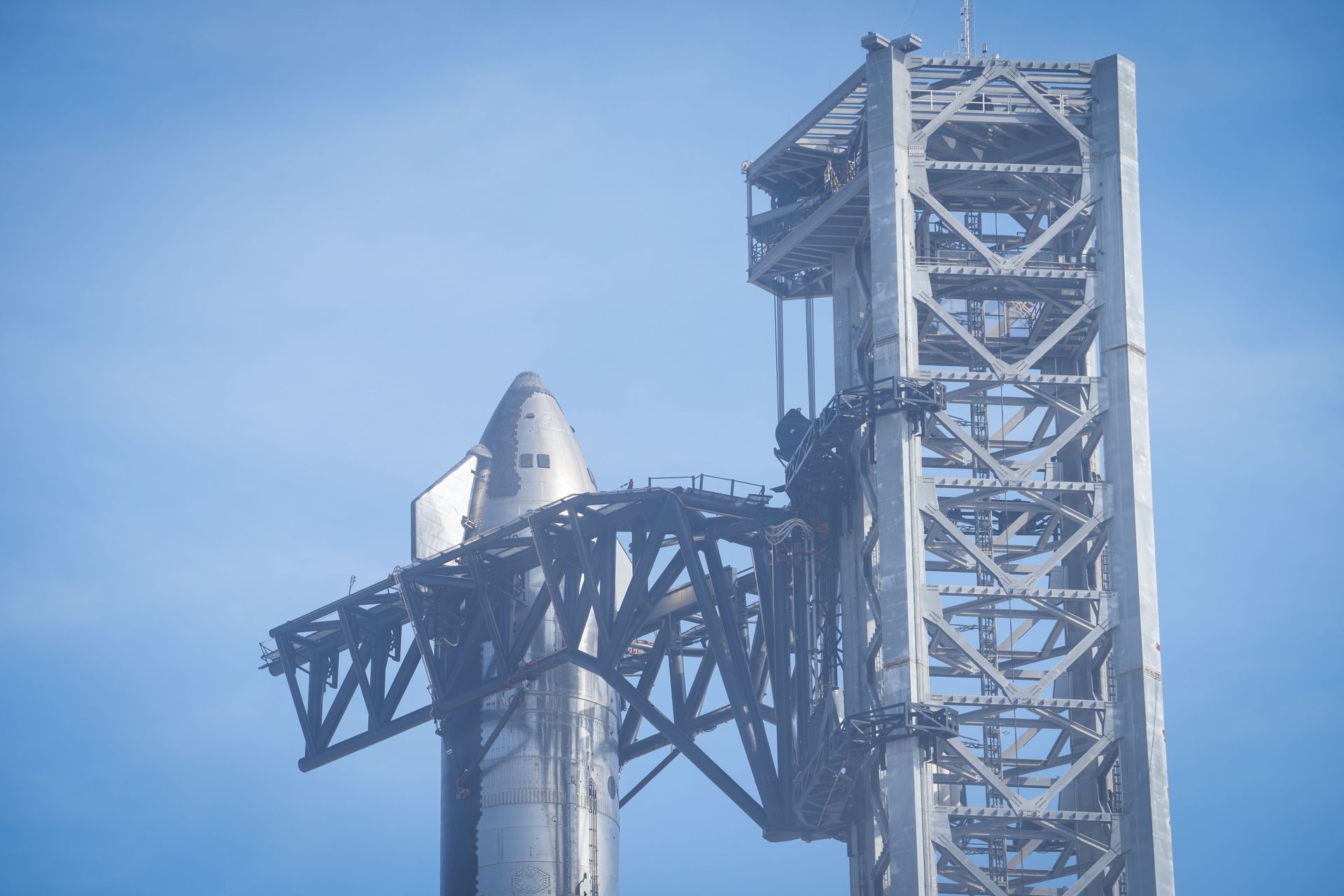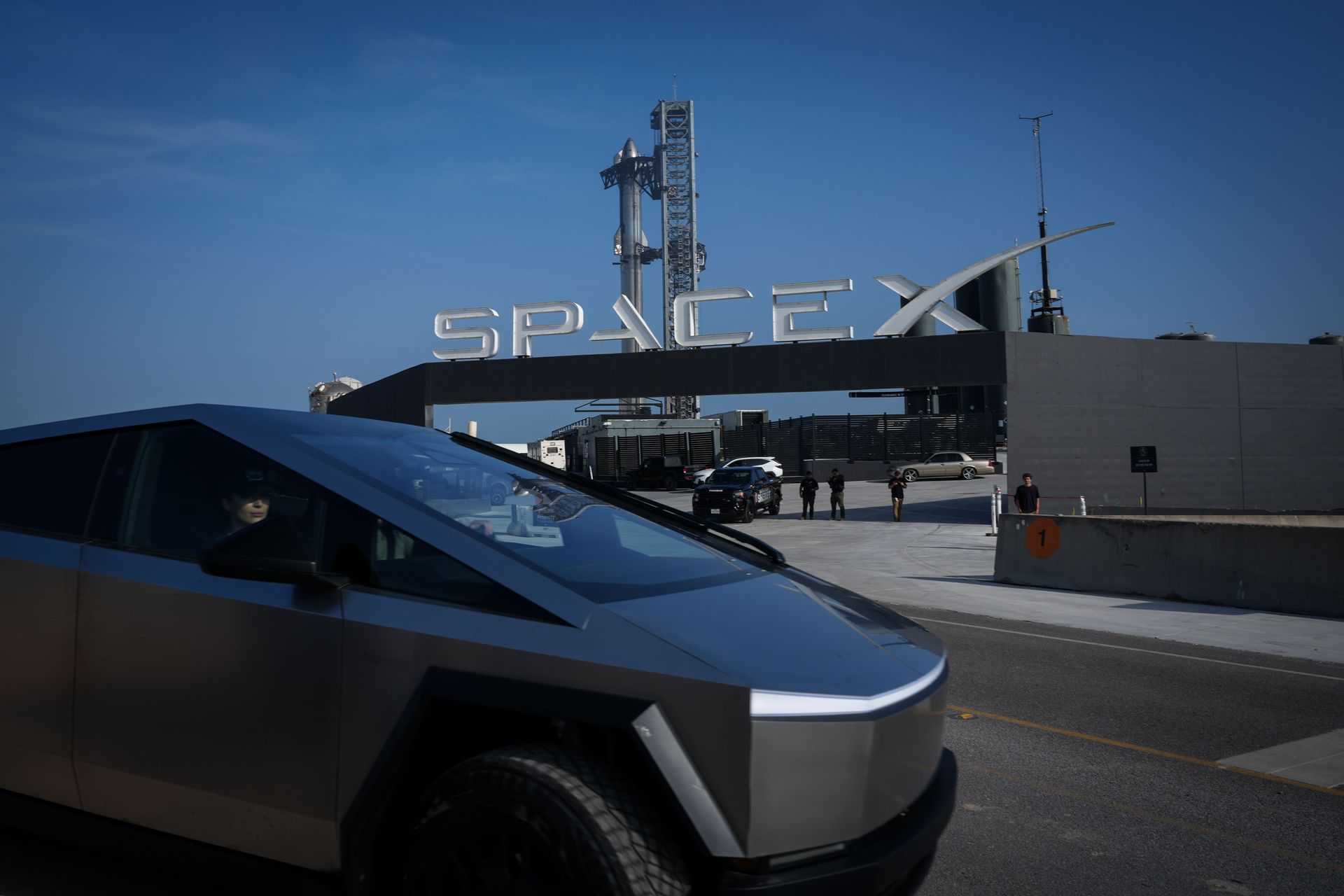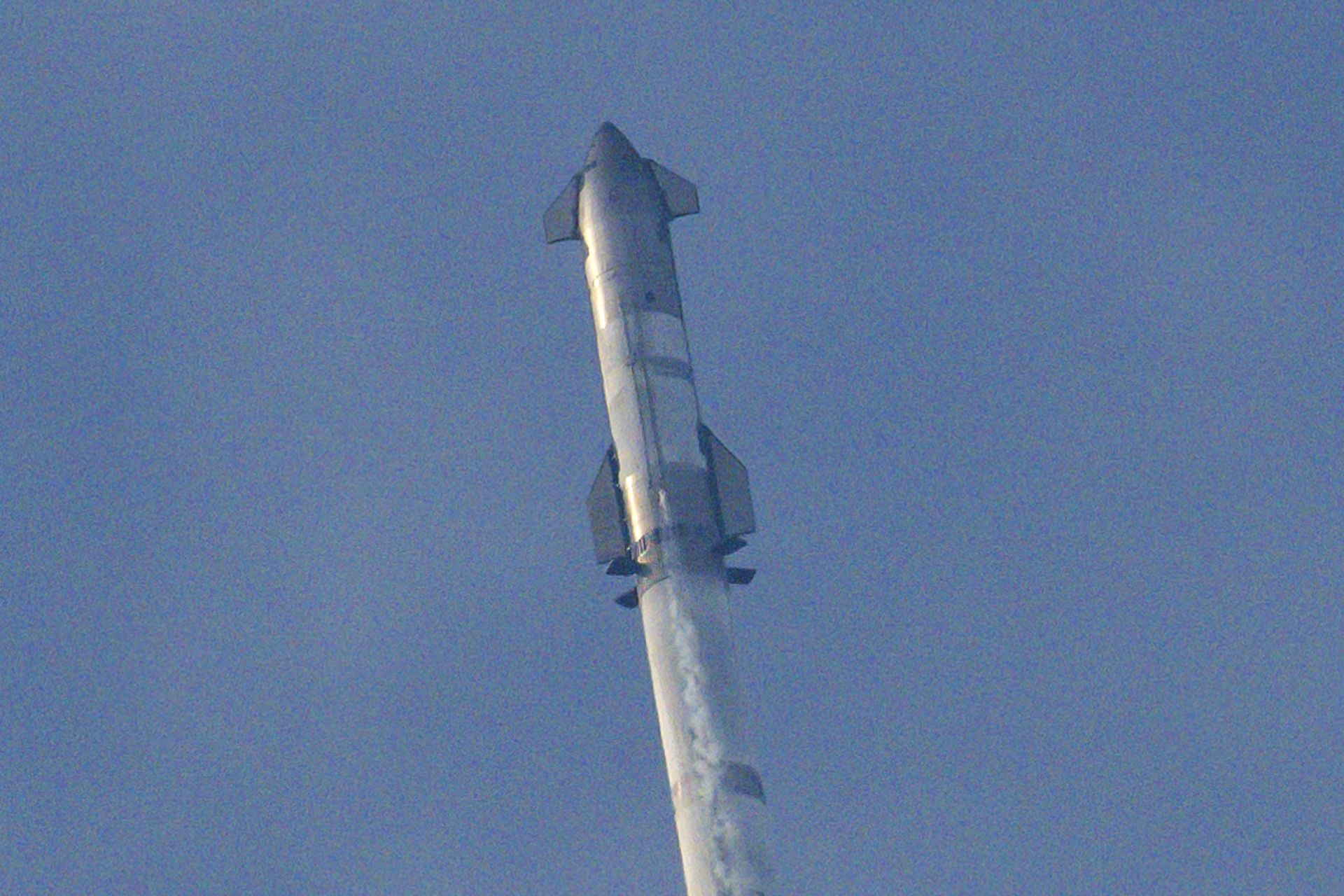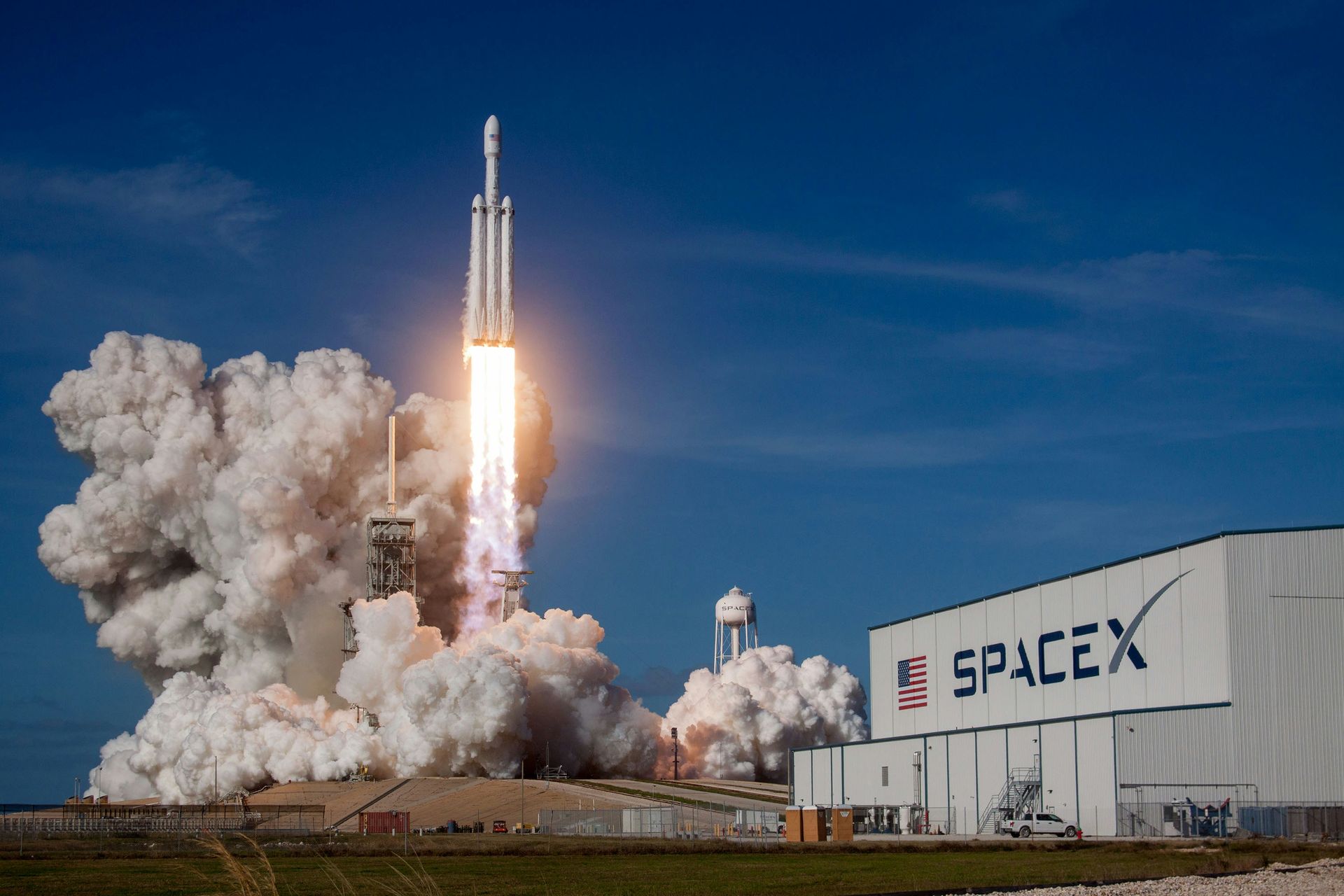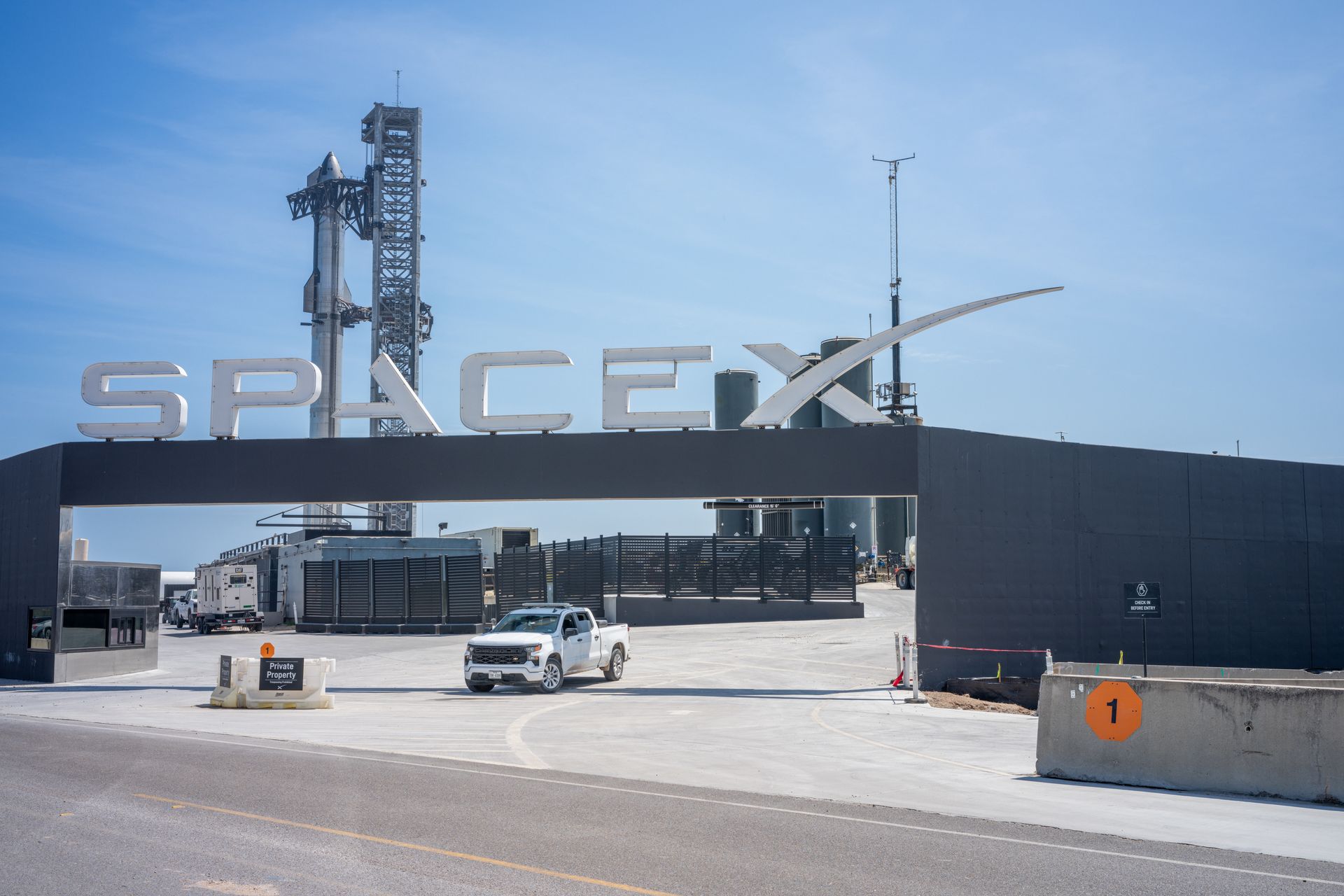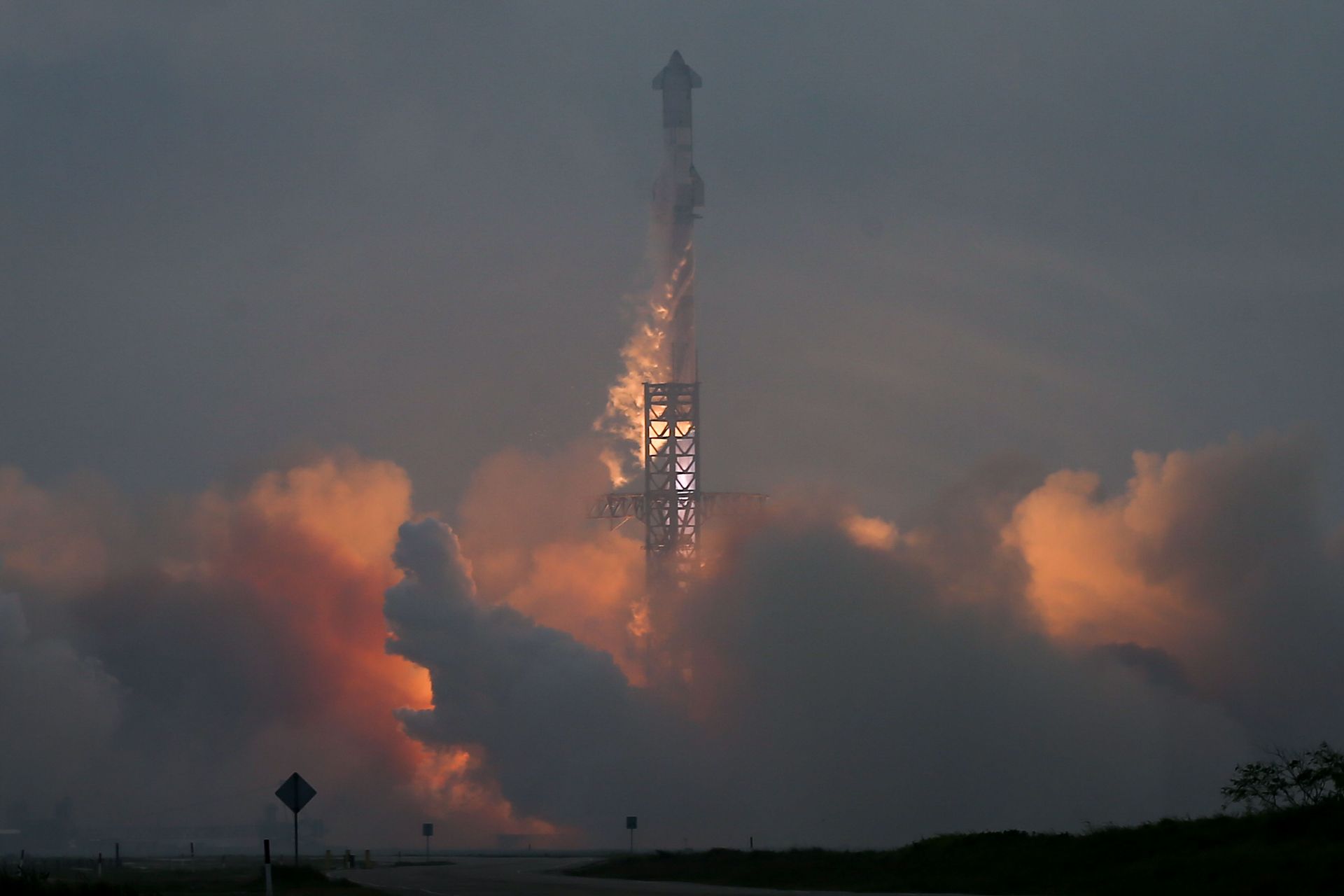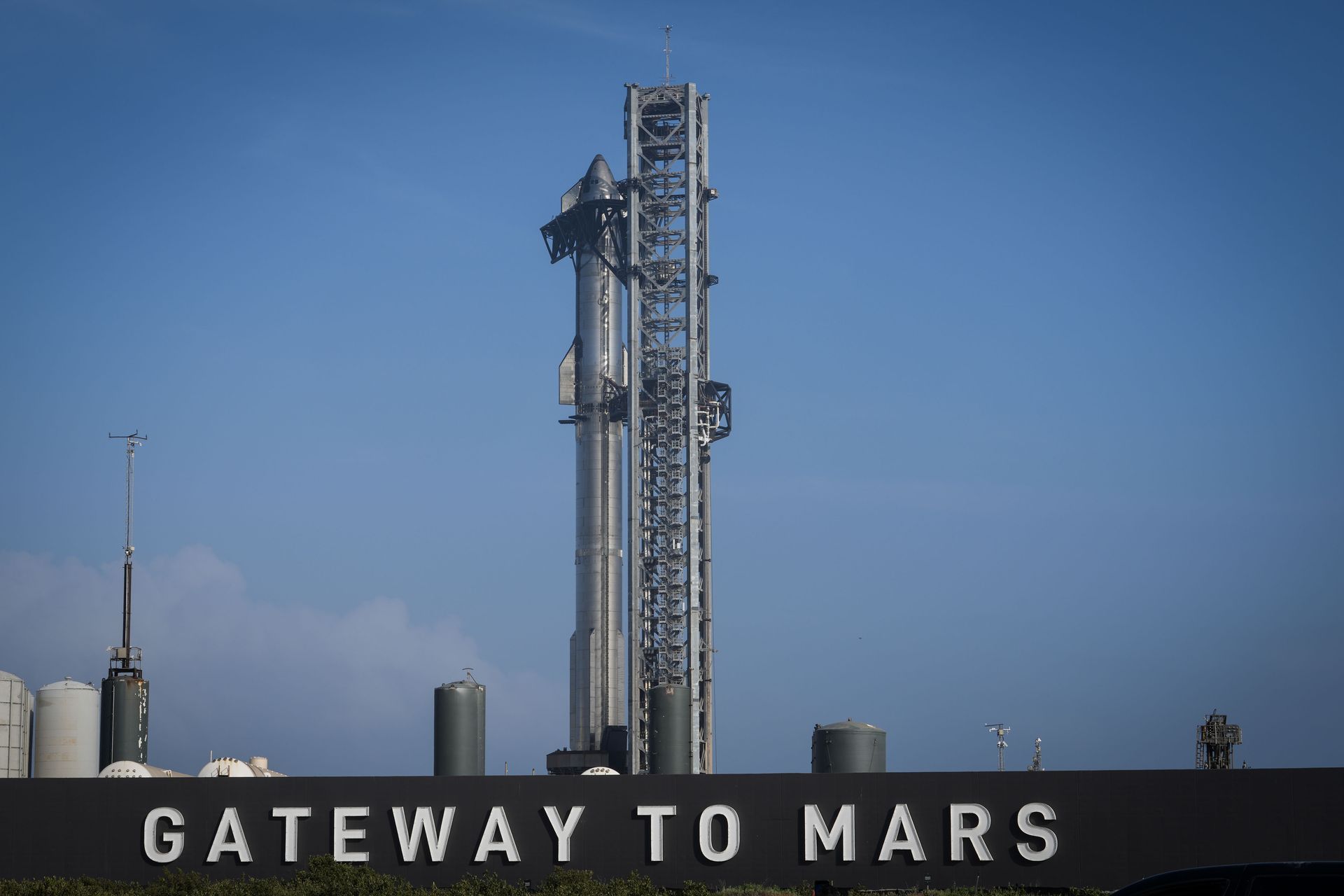The 'disappearance' of the Starship rocket won't slow down SpaceX’s ambitions
Carried out on Thursday, March 14, the third Starship launch resulted in the disappearance of the gigantic rocket from SpaceX, the firm led by Elon Musk.
With its height of 120 meters and its unrivaled power in the space universe, Starship is the most impressive rocket in the world!
On the YouTube channel 'VideoFromSpace', which broadcast the flight live, Kate Tice, a quality engineer at SpaceX, pointed out that Starship was "by far the largest flying object ever made" by humanity.
@VideoFromSpace / YouTube screenshot
After taking off at 8:25 a.m. (local time) in Boca Chica, south Texas, the rocket saw its two stages successfully separate a few minutes after takeoff.
The whole world was able to admire the impressive images of the takeoff and the spectacle of the rocket which “gradually breaks away from Earth's gravity with a dizzying din”, as described by the French newspaper 'Le Figaro'.
The same newspaper recalls that at this precise moment, Starship was developing “a staggering thrust, twice as great as the Saturn V which carried astronauts to the Moon” during the Apollo missions in 1969 and 1972.
Less than a minute after takeoff, the rocket had already reached a speed of 1,000 kilometers/hour, then 3,000 kilometers/hour another minute later.
As reported by the French media outlet 'BFMTV', Super Heavy, the rocket's propulsion stage made up of 33 Raptor rocket engines, exploded at a height of 460 meters, when it was supposed to fall gently into the Gulf of Mexico.
As for the ship itself, with a height of 50 meters, it continued its course successfully: Starship crossed the space frontier by reaching an altitude of 234 kilometers, after approximately 40 minutes of flight.
But, while it was supposed to conclude the test by falling back into the Indian Ocean, the vessel was declared “lost” during its attempt at atmospheric re-entry above Reunion Island. One way of saying that it most likely exploded in flight!
“The flight of the spacecraft did not seem entirely well controlled,” said Francis Rocard, head of the solar system exploration program at the National Center for Space Studies in France. Quoted by 'Le Figaro', the expert however notes "undeniable progress in this third test flight".
This test was also the first opportunity for SpaceX to test the rocket's heat shield, made up of 18,000 ceramic tiles.
A demonstration of fuel transfer between two tanks was also carried out. A key issue for SpaceX, because Starship will need to be able to refuel in space to one day reach the Moon.
Another feature of this vessel is that it must be completely reusable. Note that the company, which does not receive public funding, has already built other models.
Carried out in 2023, the two previous tests resulted in spectacular explosions. Enough to trigger each time an investigation by the American air supervisor (FAA) into incidents that occurred in flight.
@SpaceX/Unsplash
The mixed success of the third attempt did not prevent Bill Nelson, the head of NASA, from congratulating SpaceX and describing the Starship flight as "successful", as noted by 'BFMTV'.
@Jametlene Reskp / Unsplash
Indeed, as Elon Musk declared in January 2024, quoted by the same television channel, “it is always better to sacrifice equipment than to sacrifice time”.
On the sidelines of the launch of the rocket, this Thursday, March 14, SpaceX declared that it wanted to “increase the rate of takeoffs” of Starship in 2024.
During its flight, Starship opened a hatch intended to allow 50 to 100 transportable satellites to be ejected into the spacecraft's cargo hold.
The Starlink satellite constellation should ultimately make it possible to offer high-speed internet access to all of humanity – and make SpaceX profitable. 5,000 of these satellites are already deployed and the company is targeting several tens of thousands in the years to come.
In the medium term, SpaceX aims to sell the Starship model to NASA to enable the American space agency to organize new expeditions to the Moon as part of the Artemis program.
Never miss a story! Click here to follow The Daily Digest.
@History in HD / Unsplash
Finally, Elon Musk's ultimate goal and crazy dream is to be able to colonize Mars using Starship, making humanity a species present on several planets. The evolution of the prototype in the coming months will already be decisive!
More for you
Top Stories



